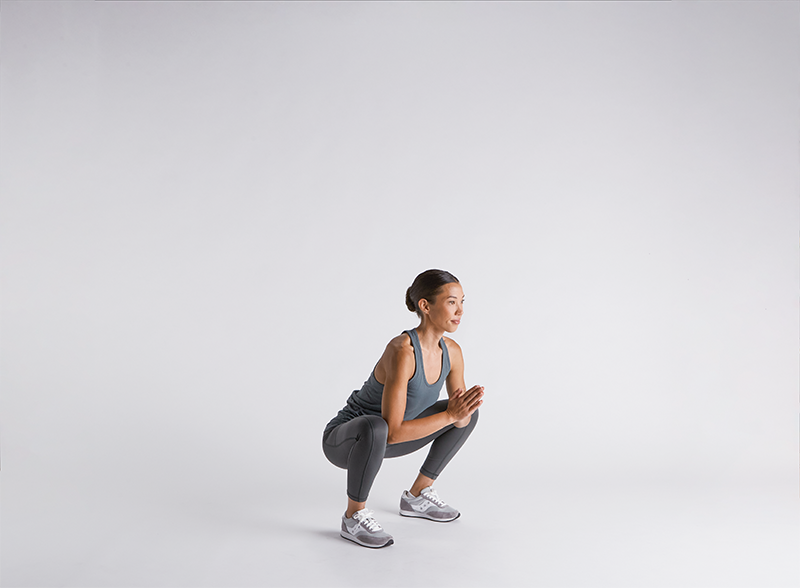Sentadillas profundas: 6 beneficios y cómo hacerlas
¿Te preguntas para qué sirven las sentadillas profundas? Descubre los principales beneficios de las sentadillas profundas y aprende a hacerlas con los consejos de los fisioterapeutas.
$0 costo para usted
Última actualización: Mar 28, 2025
El índice
Sentadillas profundas
Sentadillas profundas
Sentadillas profundas
Sentadillas profundas
Stretching exercises for deep squats
¿Quieres atención de expertos? Consulta si estás cubierto por nuestro programa gratuito →- Estiramiento de movilización de tobillo
- Estiramiento de rodilla a pecho sentado
